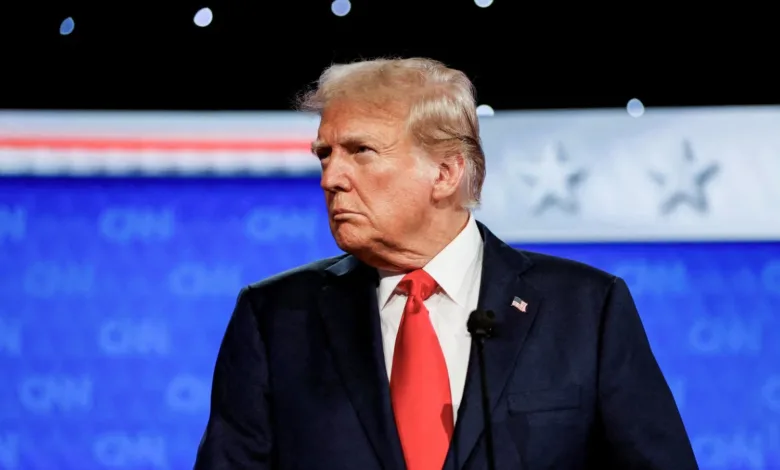
The election of Donald Trump as the 47th President of the United States has reverberated across various sectors, particularly affecting the financial markets and the burgeoning cryptocurrency industry. Following the announcement of his victory, Bitcoin experienced an unprecedented surge, achieving a new all-time high of $75,385. This marked a significant rebound for digital assets, drawing attention to Trump’s pro-crypto promises made during his reelection campaign.
Trump’s Vision For the Cryptocurrency Industry
As Donald Trump assumes office for the 2025-2029 term, his ten key promises aimed at revolutionizing the digital asset landscape in America stand at the forefront. One of his primary commitments is to elevate the United States as the “crypto capital of the world” while retaining the federal government’s Bitcoin holdings. Trump’s pledge ensures that the US will maintain 100% of its Bitcoin, including those seized from financial criminals, thereby strengthening the nation’s position in the crypto space.
During a keynote address at the 2024 Bitcoin Conference in Nashville, Tennessee, Trump underscored the importance of holding onto Bitcoin, resonating with the community’s fundamental principle of “never sell your Bitcoin.” His stance signals a robust commitment to fostering a favorable environment for digital assets.
Regulatory Changes and Leadership Overhaul
Among Trump’s notable declarations was his intent to dismiss the US Securities and Exchange Commission (SEC) Chairman Gary Gensler on his first day in office. Gensler’s tenure has been marked by numerous lawsuits against crypto firms, a move perceived by many as regulatory overreach. Although Trump cannot directly remove the SEC chair, his announcement to appoint new leadership suggests a shift towards a more crypto-friendly regulatory framework.
Moreover, Trump expressed staunch opposition to the establishment of a central bank digital currency (CBDC) by the federal government. His argument centers on the potential risks of such a currency, including the possibility of funds vanishing from bank accounts unexpectedly. This skepticism aligns with his broader vision for a decentralized financial system.
Enhancing the Role of Digital Assets in Governance
In efforts to integrate the crypto community into government policymaking, Trump proposed the formation of a “Bitcoin and Crypto Presidential Advisory Council.” This body would consist of individuals who genuinely understand and support the digital asset industry, ensuring that regulatory frameworks reflect the sector’s unique needs and challenges.
Trump has consistently advocated for all Bitcoin mining to occur within the United States. Following discussions with leading Bitcoin mining executives, he emphasized that US energy independence should encompass cryptocurrency mining, countering policies that he perceives as favoring foreign entities over American ingenuity.
Economic Policies Favorable to Cryptocurrency
On the economic front, Trump indicated plans to pursue policies aimed at lowering interest rates if elected. Historically, lower rates stimulate borrowing and investment, often resulting in increased cryptocurrency prices. By placing Bitcoin at the core of his economic strategy, Trump aims to leverage the largest cryptocurrency to halve the national debt, currently standing at an astronomical $35 trillion and growing rapidly.
Additionally, Trump pledged to introduce a comprehensive digital asset policy, ceasing hostilities against the sector upon assuming office. Notably, he is expected to overturn the conviction of Ross Ulbricht, the founder of the Silk Road online marketplace, as part of his broader agenda to reform the digital asset landscape.
Current Market Trends and Future Prospects
Despite the initial surge, Bitcoin’s price has slightly retracted from its record high, currently trading at $74,416 per coin. This fluctuation underscores the inherent volatility of the cryptocurrency market, yet it remains a pivotal element of Trump’s economic policy moving forward.







